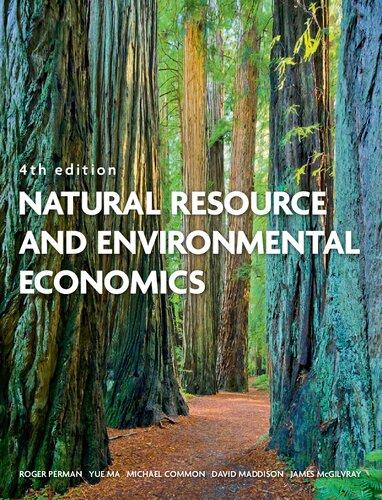Take the following data as referring to 2000 (they come from UNDP (2001), P and A are
Question:
Take the following data as referring to 2000
(they come from UNDP (2001), P and A are for 1999 and T uses CO2 data for 1997), and the world as being the sum of these three groups of nations.
a. Calculate total world CO2 emissions in 2000.
b. Work out the 2000 group shares of total population and CO2 emissions.
c. Assume population growth at 0.5% per year in Rich OECD and EE and CIS and at 1.5%
per year in Developing, out to 2050. Assume per capita income growth at 1.5% per year in Rich OECD, at 2.5% per year in EE and CIS, and at 3.0% in Developing, out to 2050.
Work out total world emissions and group shares of the total for 2050, and also group shares of world population.
By what factor does total world emissions increase over the 50-year period?
d. For the same population growth and per capita income growth assumptions, by how much would T have to fall in Rich OECD for that group’s 2050 emissions to be the same as in 2000? With Rich OECD emissions at their 2000 level in 2050, assume that T for EE and CIS in 2050 is the same as T for Rich OECD in 2000 (which would be 2050 T for EE and CIS, being about half of its 2000 level) and work out what total world CO2 emissions would then be.
Step by Step Answer:

Natural Resource And Environmental Economics
ISBN: 9780321417534
4th Edition
Authors: Roger Perman, Yue Ma, Michael Common, David Maddison, James McGilvray






